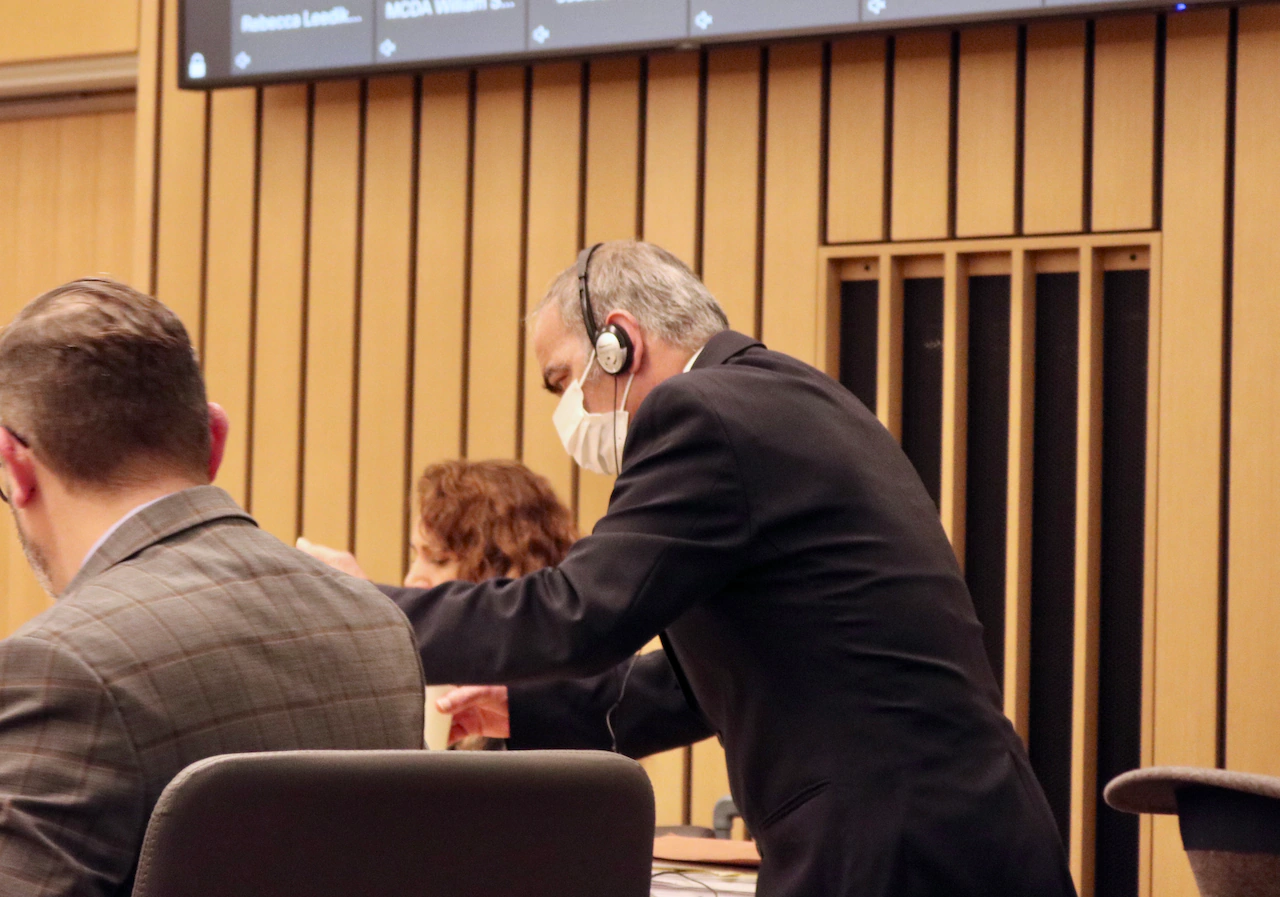Copyright The Oregonian

A landmark ruling that undermined the scientific basis of the technique police use to match bullets to a gun is becoming a bane for prosecutors. The Oregon Court of Appeals cited a May ruling that toolmark analysis is not “scientific evidence” when it overturned the second-degree murder conviction of Reza Mardani last week. Mardani, a landlord in Northeast Portland, is accused of killing two tenants he had tried to evict because he believed they were engaged in illicit behavior. He’s been in custody since 2019. “I’m thrilled to be able to clarify how ballistics comparisons are used in trials,” said Alicia Hercher, who represented Mardani during the original criminal trial. Forensic examiners have long maintained that the grooves on firearm barrels leave unique markings on shell casings that can be matched after the fact, essentially proving that a certain gun fired a bullet linked to a crime scene. But the appellate court found otherwise, ruling in what’s known as the Adams decision that a lack of objective criteria makes toolmark analysis more art than science. The case law, if it withstands a test at the Oregon Supreme Court, is expected to have major ramifications in new criminal cases as well as countless prior convictions. Mardani’s case appears to be the first reversal of a murder conviction. Now 71, Mardani was trying to evict a couple living in a camper outside his Cully neighborhood home in January 2019 when prosecutors allege he fatally shot George Atkeson, 62, and severely wounded his girlfriend, 63-year-old Darlene Kelley, who died two years later. A Multnomah County jury convicted Mardani of second-degree murder in Atkeson’s death, the attempted murder of Kelley and aggravated animal abuse for killing the couple’s dog. Mardani’s attorneys appealed the conviction in January 2023. But the appellate court determined that toolmark analysis from the Oregon State Crime Lab was a linchpin tying Mardani to the murder weapon. Mardani’s defense team had argued a mystery man was responsible for the shooting. “The firearms identification was inadmissible,” wrote appeals court Presiding Judge Scott Shorr. “(It) does not meet the foundational requirements to be admitted as scientific evidence.” A spokesperson for the Oregon Department of Justice said the department is considering whether to appeal. The DOJ has already challenged the Adams decision, but opening motions haven’t yet been submitted to the Oregon Supreme Court. Thomas Freedman, a defense attorney who made the toolmark analysis argument during Mardani’s criminal trial, said the lack of a murder weapon turns the state’s theory on its head. There were no eyewitnesses or surveillance footage of the slaying. “The tool mark evidence was the primary forensic evidence that allegedly linked Mr. Mardani to the shootings. It’s very much a reasonable doubt case,” he said. Michael Ramirez, who was convicted of two back-to-back Portland homicides in 2022, also challenged the inclusion of toolmark evidence but the Oregon appeals court determined there was too much other incriminatory evidence and declined to reverse the case. Mardani is expected to remain in Snake River prison while the case is pending.



